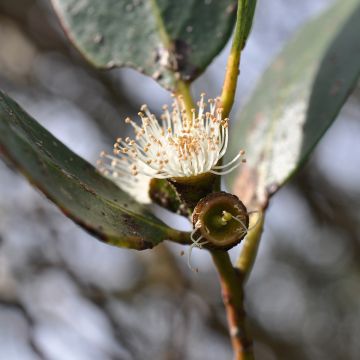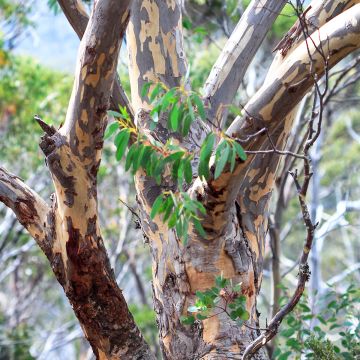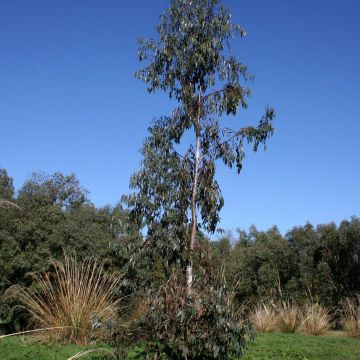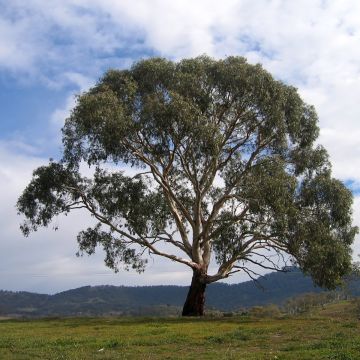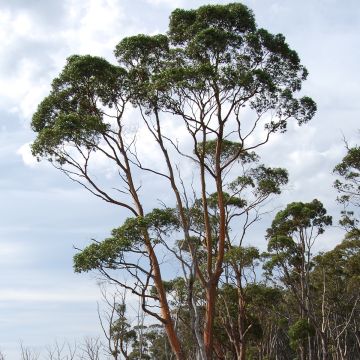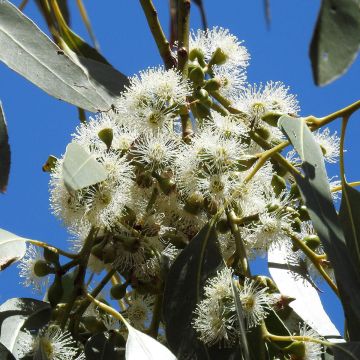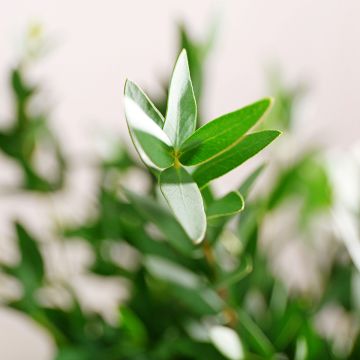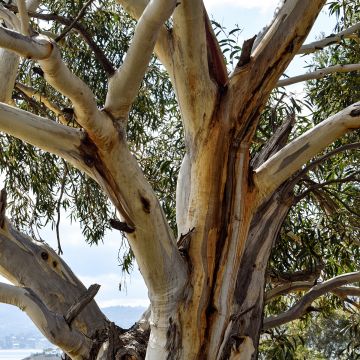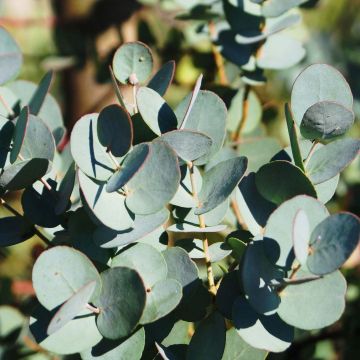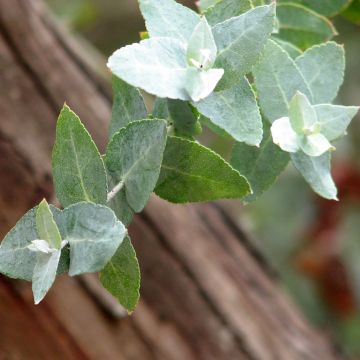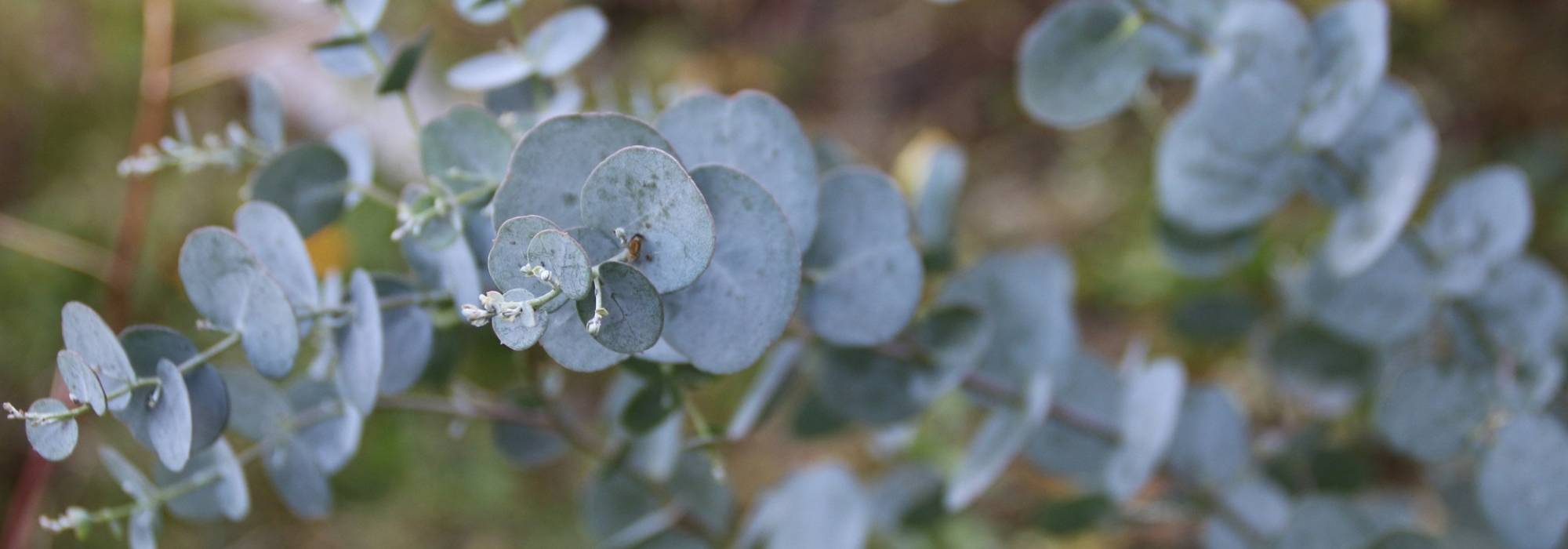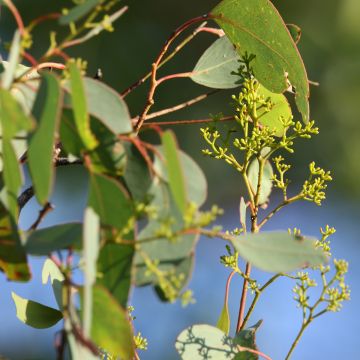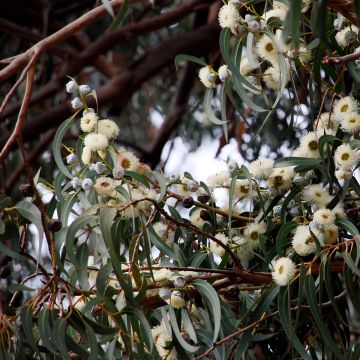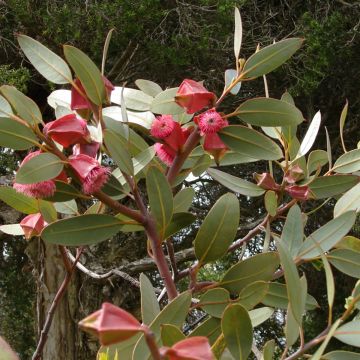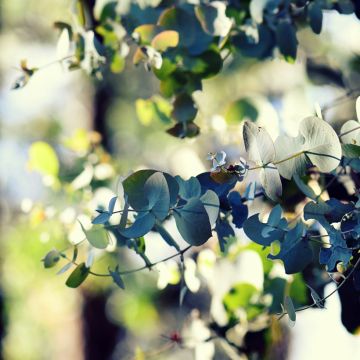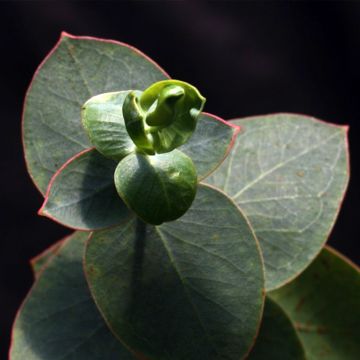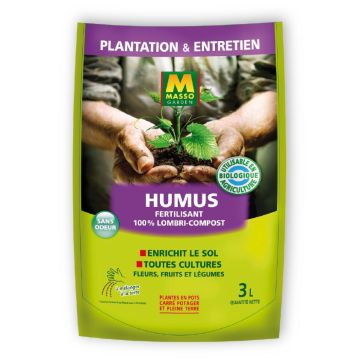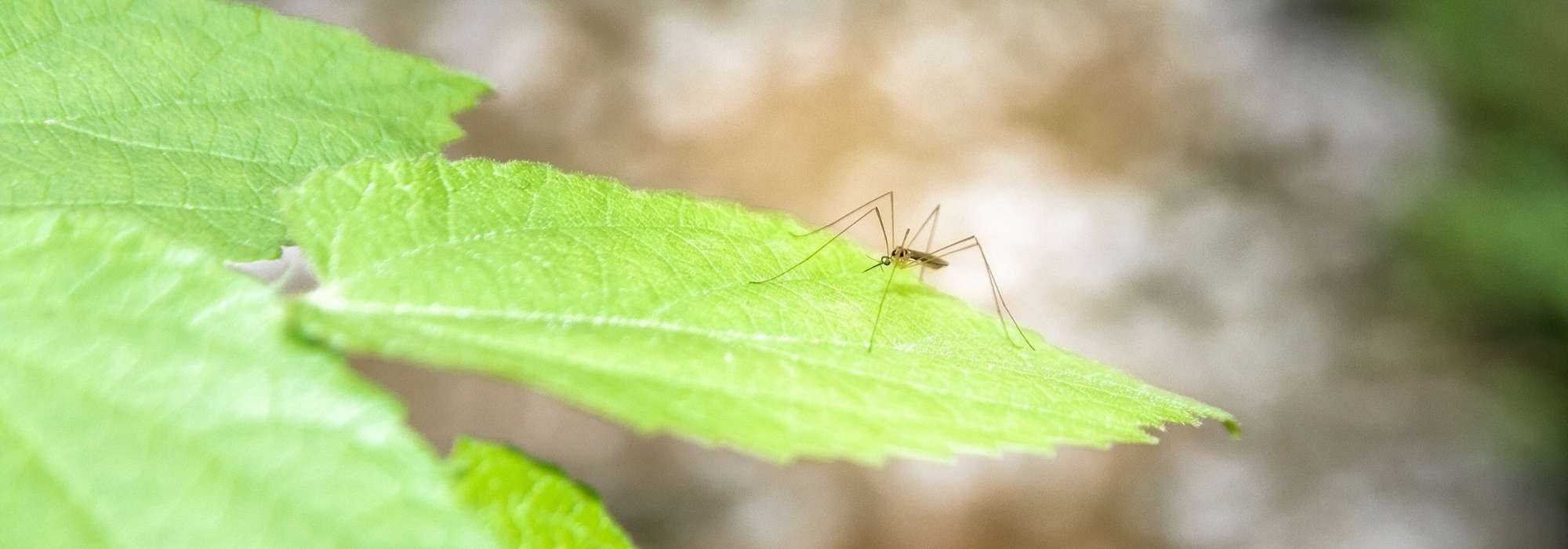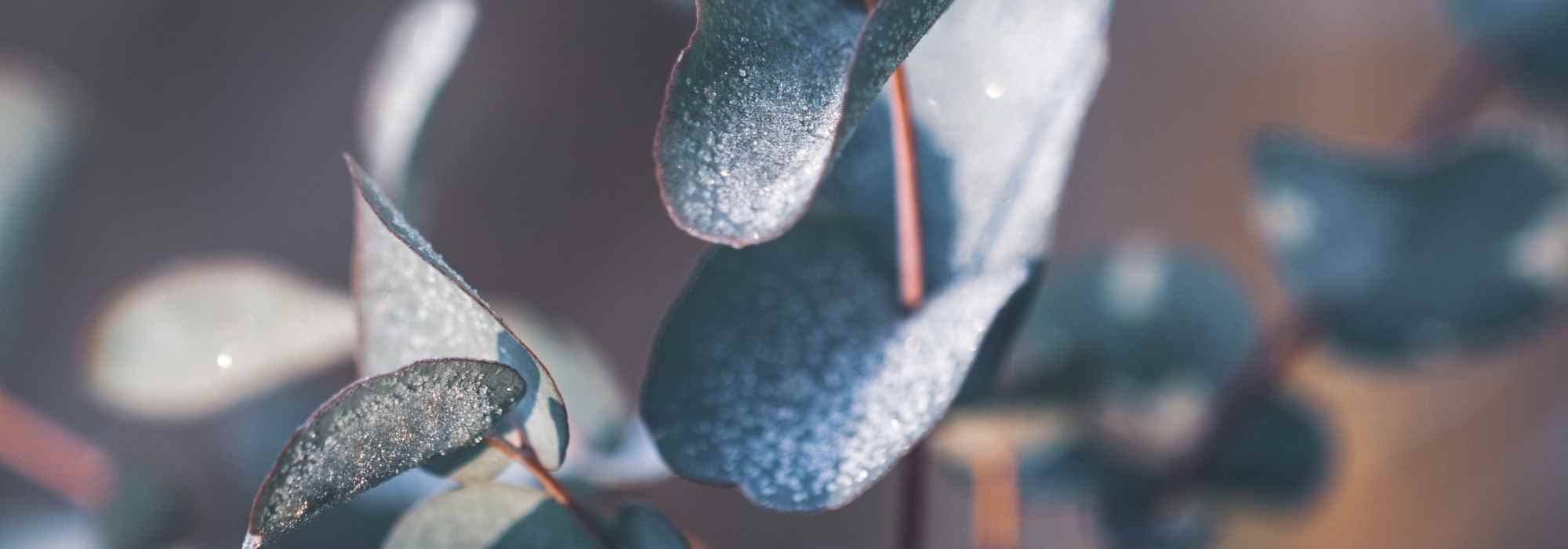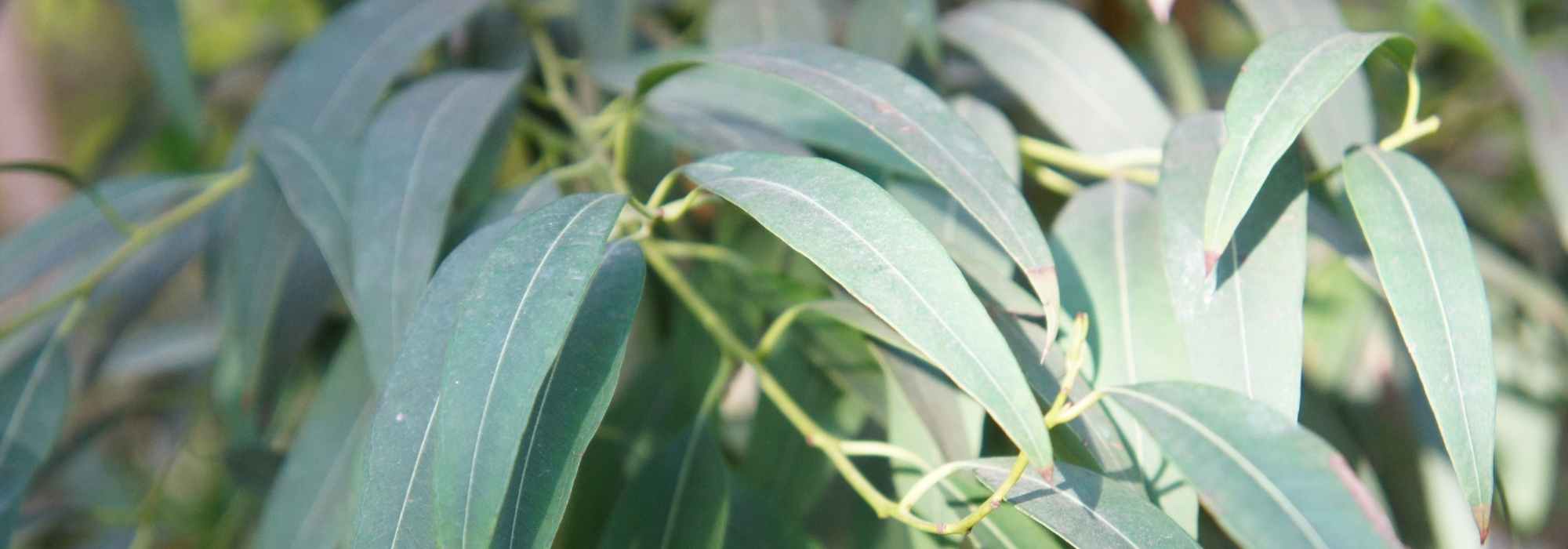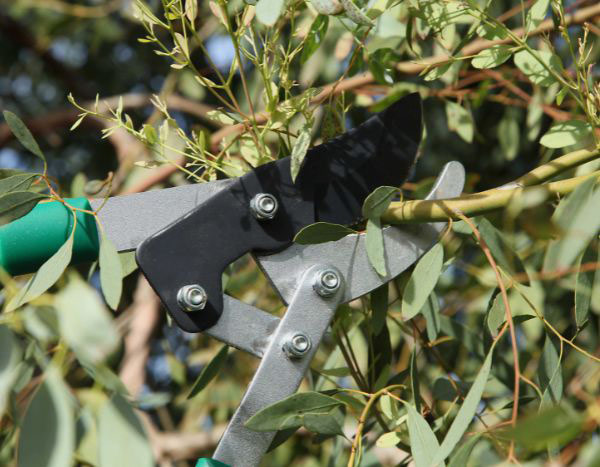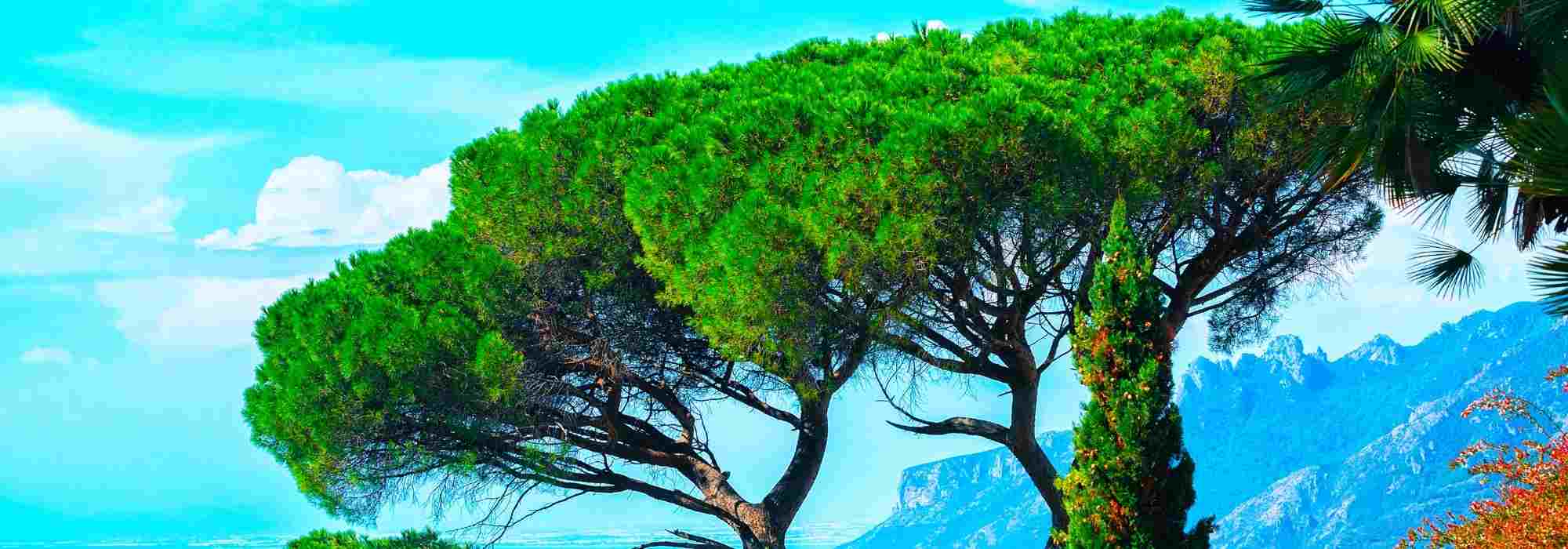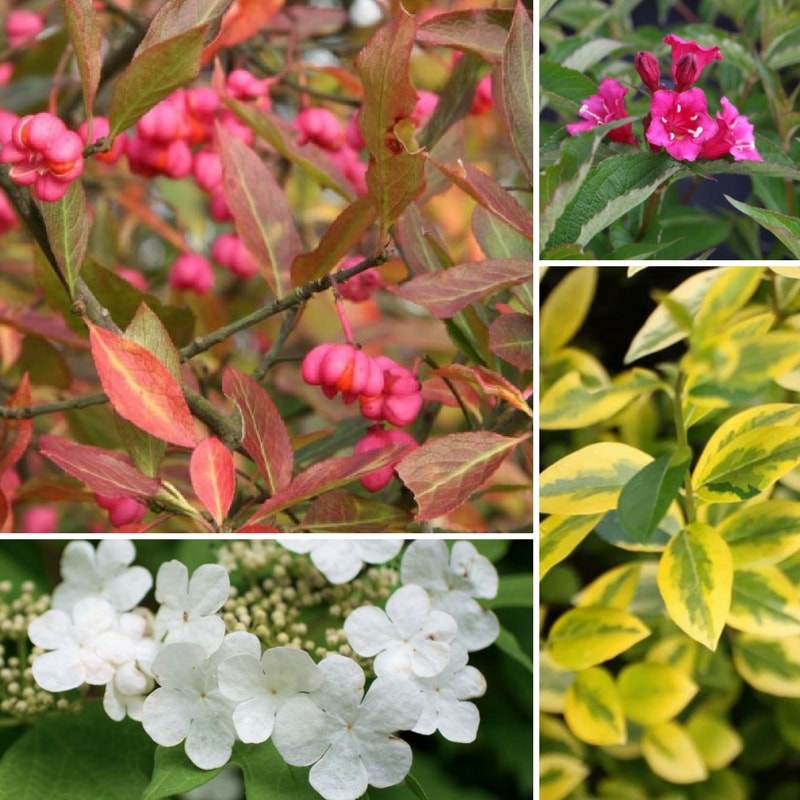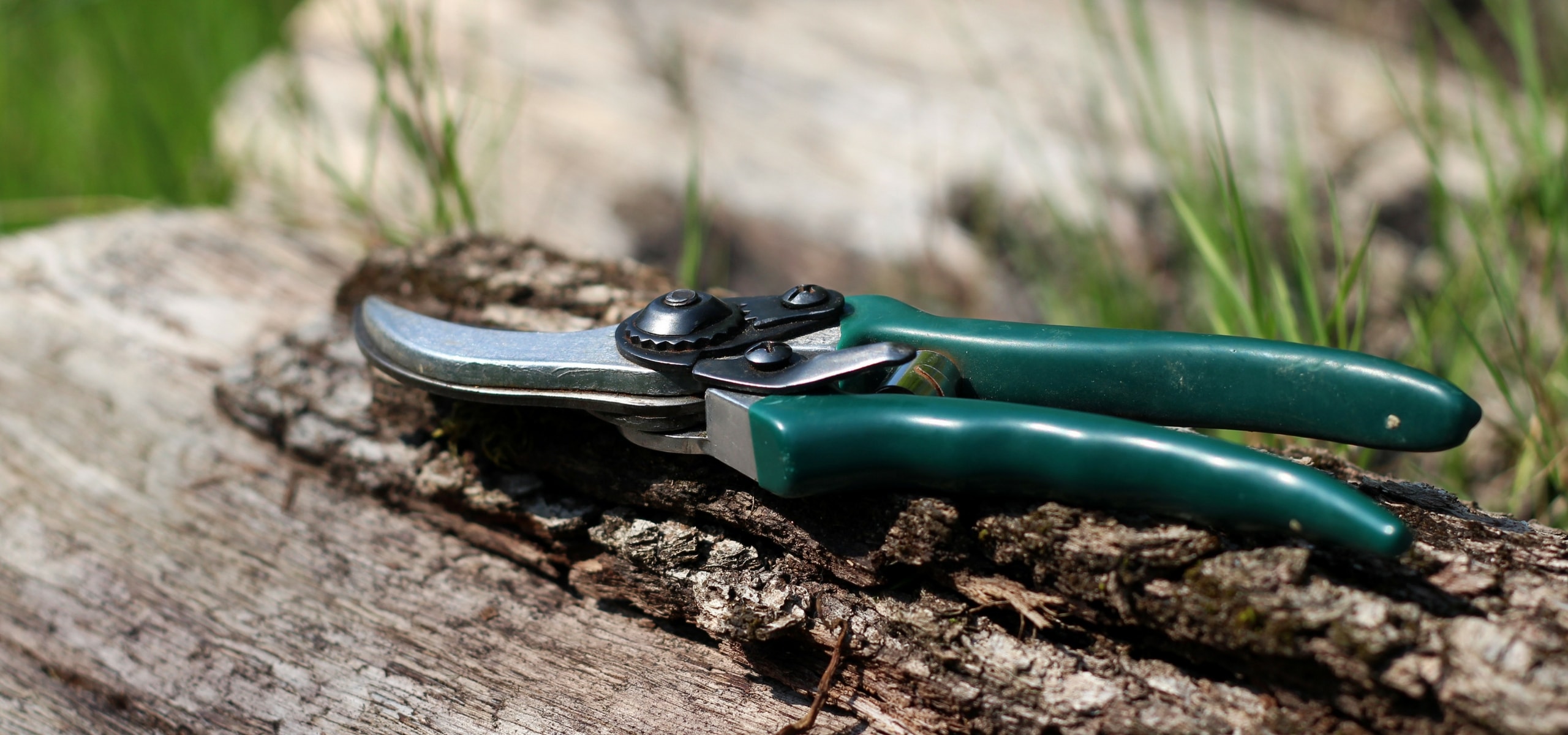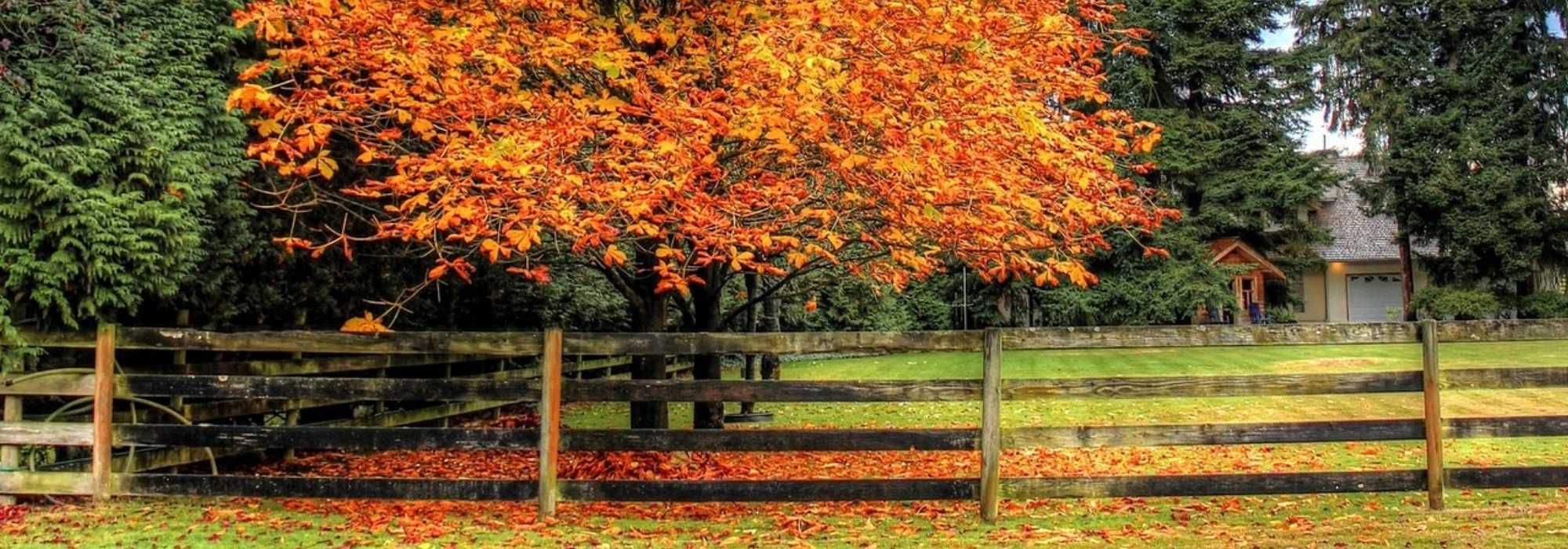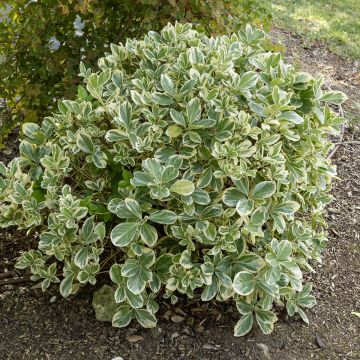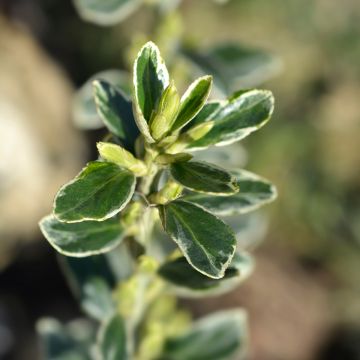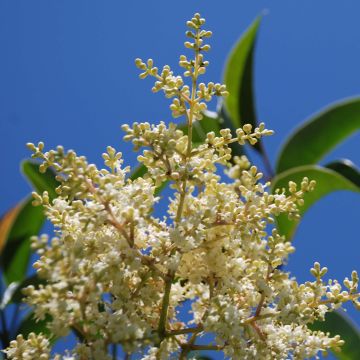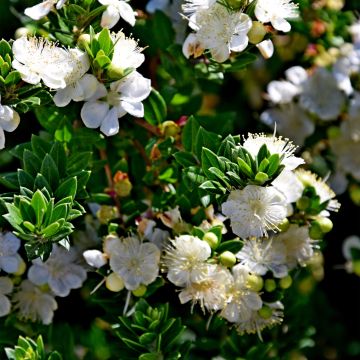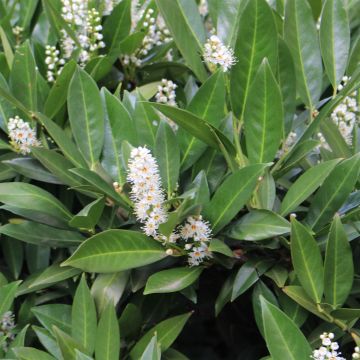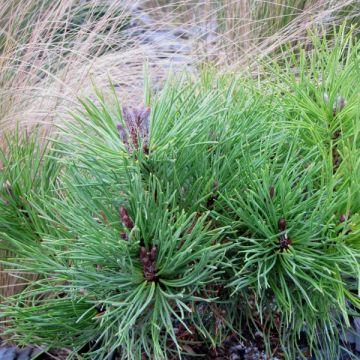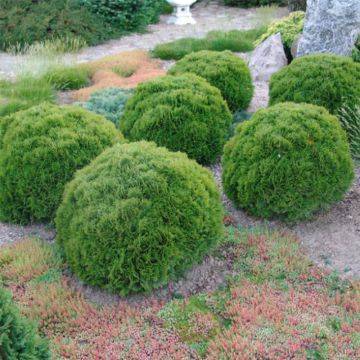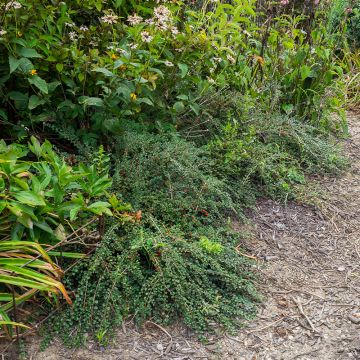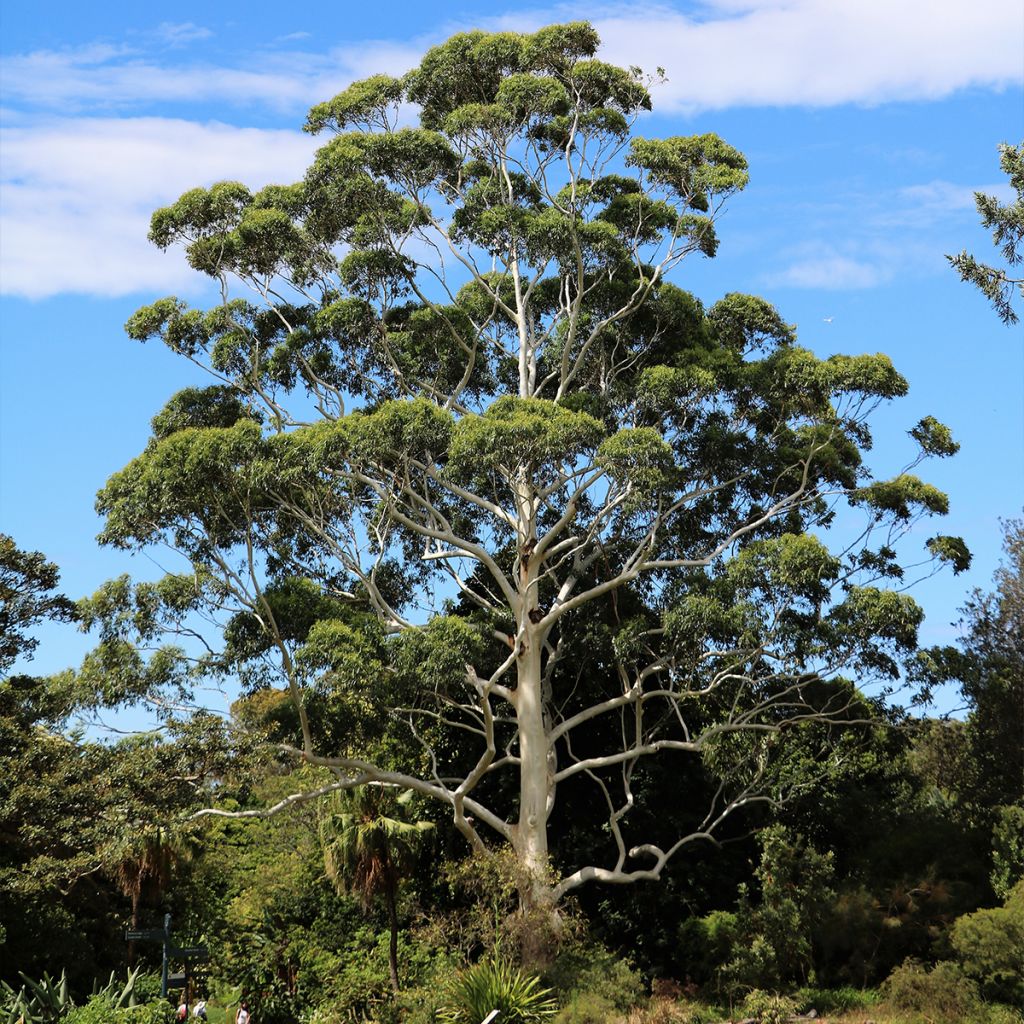

Eucalyptus scoparia
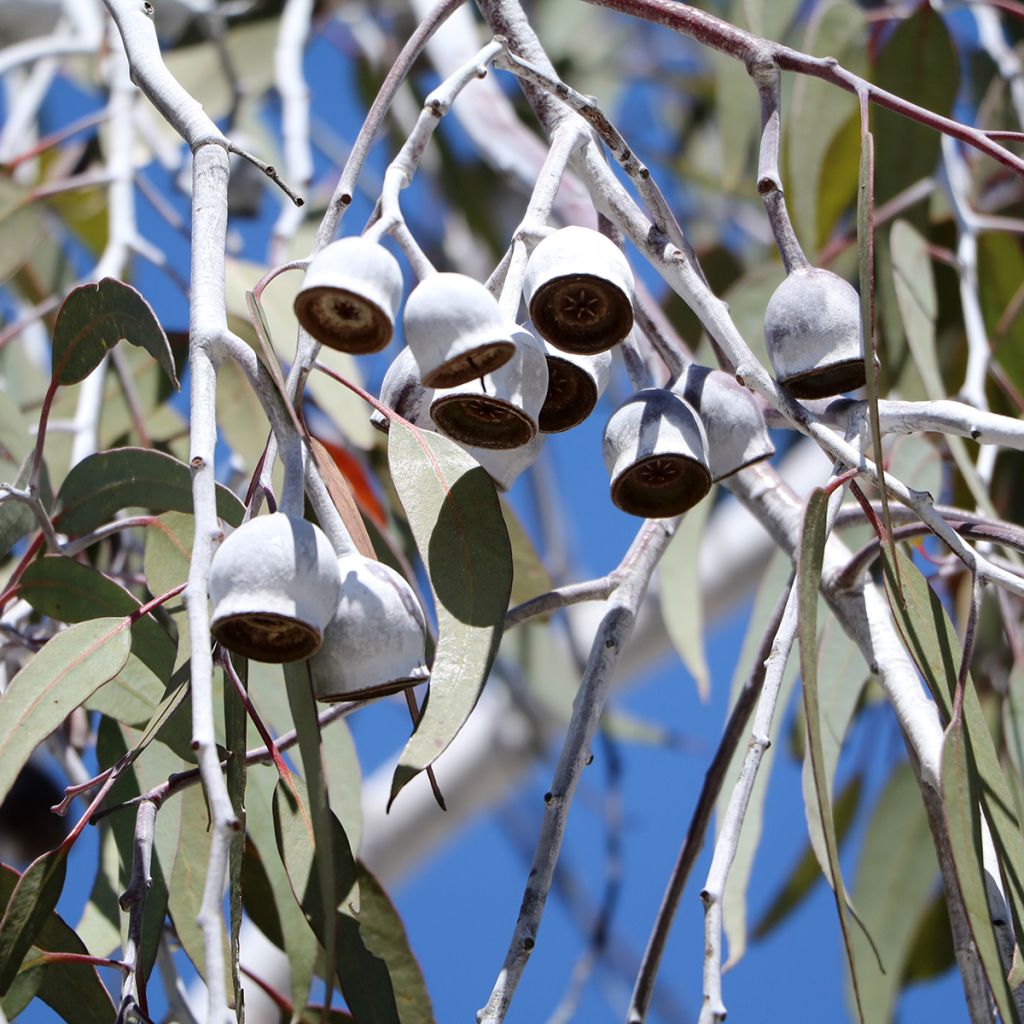

Eucalyptus scoparia
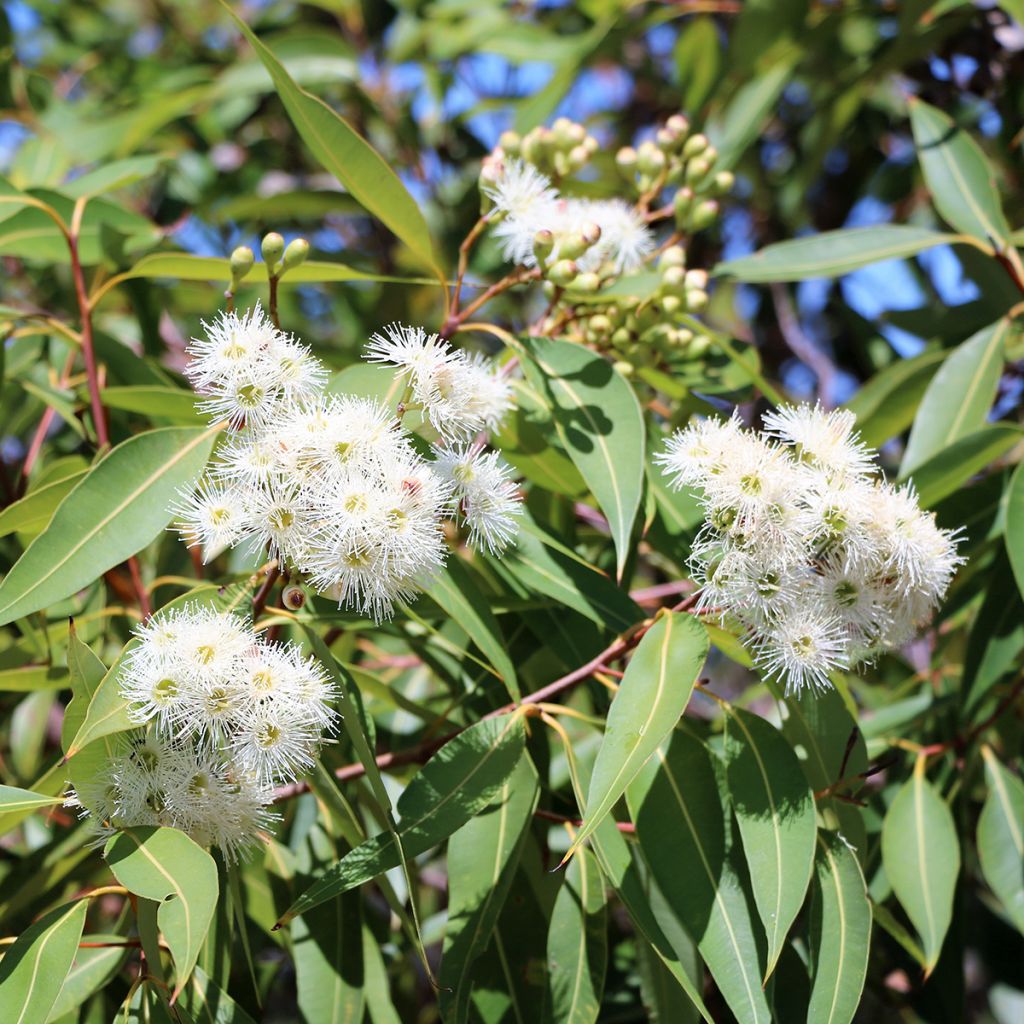

Eucalyptus scoparia
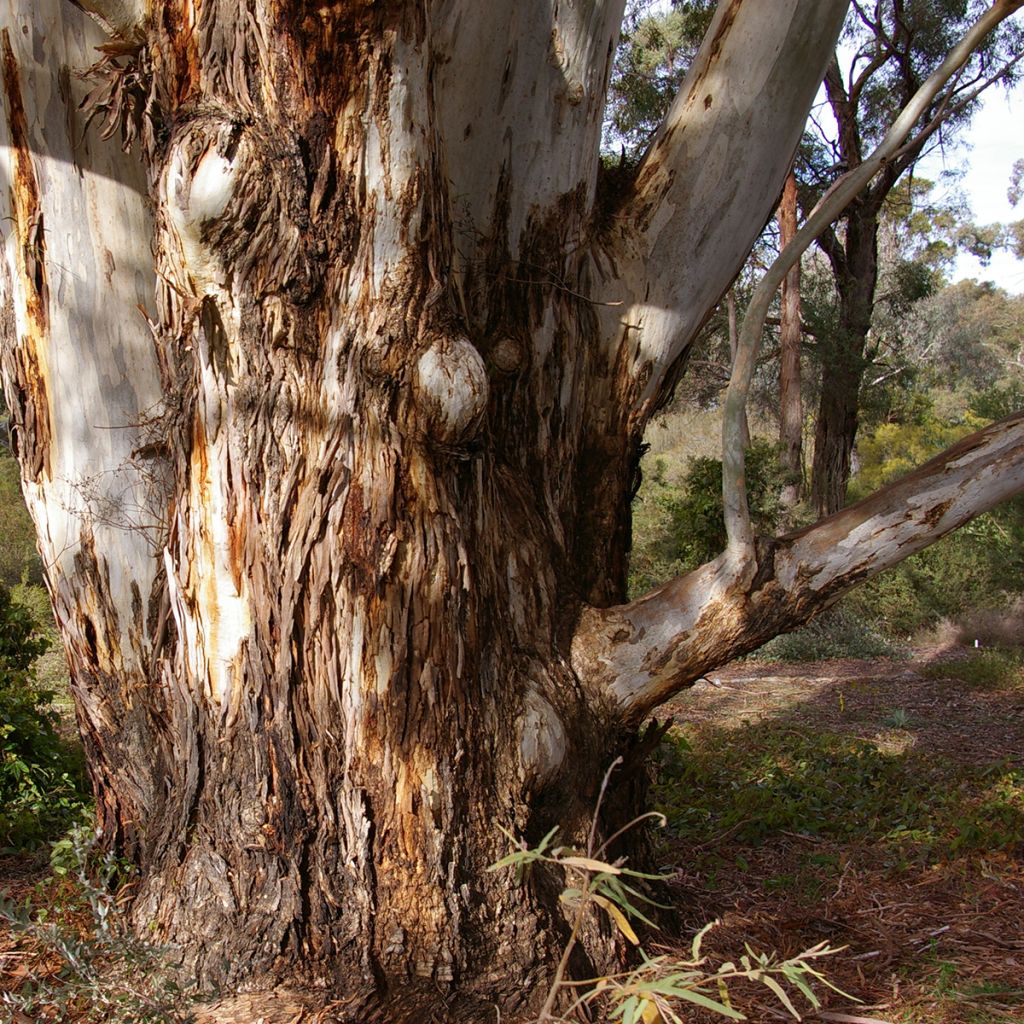

Eucalyptus scoparia
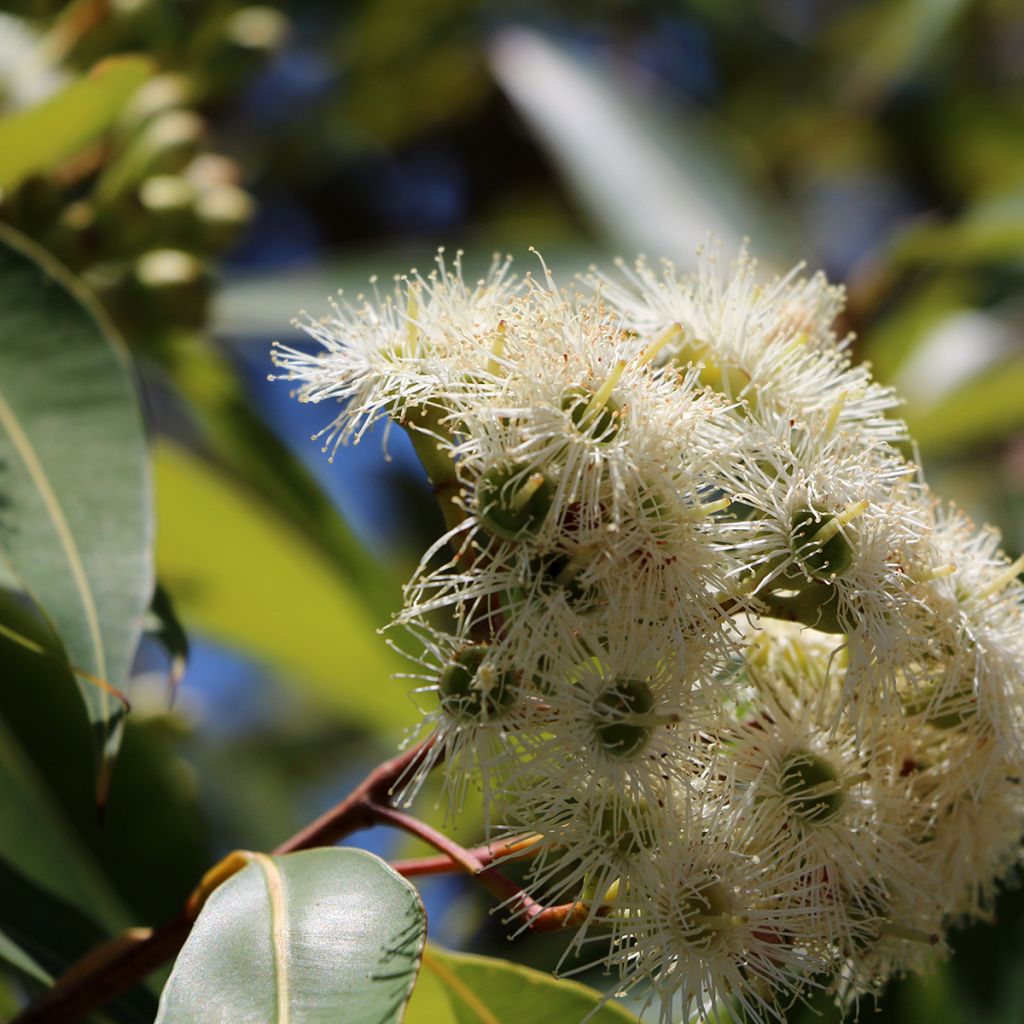

Eucalyptus scoparia
Eucalyptus scoparia
Eucalyptus scoparia
White Gum
Special offer!
Receive a €20 voucher for any order over €90 (excluding delivery costs, credit notes, and plastic-free options)!
1- Add your favorite plants to your cart.
2- Once you have reached €90, confirm your order (you can even choose the delivery date!).
3- As soon as your order is shipped, you will receive an email containing your voucher code, valid for 3 months (90 days).
Your voucher is unique and can only be used once, for any order with a minimum value of €20, excluding delivery costs.
Can be combined with other current offers, non-divisible and non-refundable.
Why not try an alternative variety in stock?
View all →This plant carries a 24 months recovery warranty
More information
We guarantee the quality of our plants for a full growing cycle, and will replace at our expense any plant that fails to recover under normal climatic and planting conditions.
Does this plant fit my garden?
Set up your Plantfit profile →
Description
Eucalyptus scoparia is a rare species that deserves to be better known. Forming a medium-sized tree, with a spreading or rounded crown, it charms with its harmonious proportions, and even more so with its unique bark. Smooth to the base of the trunk, it takes on a superb white hue, sometimes marked with grey, or orange during extreme heat. Its evergreen foliage of a beautiful, slightly shiny green and its white flowering also contribute to the ornamental interest of this tree. Rather easy to grow due to its good adaptability to different living conditions, it only dislikes excessive limestone or poorly drained soils.
Eucalyptus are members of the large Myrtaceae family, mainly represented in the tropics and warm temperate regions. With 800 species almost all native to Australia, the Eucalyptus genus is remarkable for its great diversity, from bushes of a few metres to giants nearing 100 m (328 ft 1 in) in height.
Eucalyptus scoparia is among the small to medium-sized species, forming a tree 12 to 15 m (39 ft 5 in to 49 ft 2 in) in height, and 8 to 10 m (26 ft 2 in to 32 ft 10 in) in width. It originates from a very restricted geographical area, where the states of Queensland and New South Wales meet, in eastern Australia. It gets its name of the White Gum of Wallangara from a locality on a granitic and rocky plateau, at almost 900 m (2952 ft 10 in) altitude. It has a moderately hot climate in summer, with a well-marked cool season for 5 months of the year, with frost periods displaying records of -8°C (17.6 °F) to -10°C (14 °F). However, there is no marked dry season, and rainfall is comparable to our temperate humid zones in Europe, with about 800 mm/year, far from tropical rainfall. These characteristics therefore make it a species perfectly acclimatisable.
Eucalyptus scoparia forms a tree of beautiful stature, with a slender trunk, carrying a conical to rounded, spreading crown. It is particularly attractive because of its powdery white bark, smooth from the base of the trunk to the branches, slightly peeling off to form grey flakes. In summer, during heat waves, it can also take on an orange hue, further enhancing its ornamental interest. Possessing a lignotuber, a subterranean formation rich in starch intended to rebuild the aerial part in case of destruction (by fire in particular), it has the ability to regrow from the stump, with many axillary buds then developing in all directions.
Its shiny green foliage is particularly thin and also very graceful. It has juvenile foliage, with sessile, opposite, linear leaves, about 4 to 8 cm (1.6 to 3.1 in) long by 0.6 to 1.8 cm (0.2 to 0.7 in) wide, and adult foliage, alternate, petiolate, of 6 to 16 cm (2.4 to 6.3 in) long by 0.5 to 1.5 cm (0.2 to 0.6 in) wide. From November to January in Australia, small white flowers appear grouped in axillary umbels of 7 floral buds. Like in other species, it is the protruding stamens that we admire, the flowers being petal-less. They then evolve into small fruits devoid of ornamental interest.
This Eucalyptus is undemanding in terms of soil type, even tolerating limestone in reasonable proportions, but preferring neutral, or even acidic soils. However, it needs a well-drained soil and a sunny exposure. Under these conditions, it will adapt easily, accepting most ordinary soils, moist to not too dry.
This beautiful Eucalyptus with its magnificent bark will find a place in exotic-inspired scenes and in contemporary gardens, with its delicately artful foliage. It is part of the circle of trees with the most beautiful barks, alongside the Cinnamon Maple (Acer griseum), Prunus serrula with its mahogany red trunk, Betula albosinensis 'Fascination', a Chinese Birch with orange tones, just like Prunus maackii Amber Beauty, not to mention the fascinating "snake skin" Maples, Acer davidii 'Viper.
Eucalyptus scoparia in pictures


Plant habit
Flowering
Foliage
Botanical data
Eucalyptus
scoparia
Myrtaceae
White Gum
Australia
Other Eucalyptus
View all →Planting and care
Eucalyptus scoparia is best planted at the beginning of spring in cold regions, after the last frosts, or at the beginning of autumn in a dry and hot climate. Install it in well-drained, moist to dry, not too chalky, soil, in a warm and sunny situation. It is hardy down to -8°c or -10°C under these conditions. In most regions, you can plant it in the open ground, ensuring good drainage if necessary by adding coarse sand or non-limestone gravel.
Soak the root ball well in a bucket before planting and then water regularly for the first two years. This tree is moderately resistant to dryness, so during prolonged periods of drought, it will always be advisable to water. Fertiliser is not recommended and pruning is not necessary, and even discouraged, to let the habit of this superb eucalyptus express itself, and enjoy its magnificent bark.
Planting period
Intended location
Care
Planting & care advice
This item has not been reviewed yet - be the first to leave a review about it.
Similar products
Haven't found what you were looking for?
Hardiness is the lowest winter temperature a plant can endure without suffering serious damage or even dying. However, hardiness is affected by location (a sheltered area, such as a patio), protection (winter cover) and soil type (hardiness is improved by well-drained soil).

Photo Sharing Terms & Conditions
In order to encourage gardeners to interact and share their experiences, Promesse de fleurs offers various media enabling content to be uploaded onto its Site - in particular via the ‘Photo sharing’ module.
The User agrees to refrain from:
- Posting any content that is illegal, prejudicial, insulting, racist, inciteful to hatred, revisionist, contrary to public decency, that infringes on privacy or on the privacy rights of third parties, in particular the publicity rights of persons and goods, intellectual property rights, or the right to privacy.
- Submitting content on behalf of a third party;
- Impersonate the identity of a third party and/or publish any personal information about a third party;
In general, the User undertakes to refrain from any unethical behaviour.
All Content (in particular text, comments, files, images, photos, videos, creative works, etc.), which may be subject to property or intellectual property rights, image or other private rights, shall remain the property of the User, subject to the limited rights granted by the terms of the licence granted by Promesse de fleurs as stated below. Users are at liberty to publish or not to publish such Content on the Site, notably via the ‘Photo Sharing’ facility, and accept that this Content shall be made public and freely accessible, notably on the Internet.
Users further acknowledge, undertake to have ,and guarantee that they hold all necessary rights and permissions to publish such material on the Site, in particular with regard to the legislation in force pertaining to any privacy, property, intellectual property, image, or contractual rights, or rights of any other nature. By publishing such Content on the Site, Users acknowledge accepting full liability as publishers of the Content within the meaning of the law, and grant Promesse de fleurs, free of charge, an inclusive, worldwide licence for the said Content for the entire duration of its publication, including all reproduction, representation, up/downloading, displaying, performing, transmission, and storage rights.
Users also grant permission for their name to be linked to the Content and accept that this link may not always be made available.
By engaging in posting material, Users consent to their Content becoming automatically accessible on the Internet, in particular on other sites and/or blogs and/or web pages of the Promesse de fleurs site, including in particular social pages and the Promesse de fleurs catalogue.
Users may secure the removal of entrusted content free of charge by issuing a simple request via our contact form.
The flowering period indicated on our website applies to countries and regions located in USDA zone 8 (France, the United Kingdom, Ireland, the Netherlands, etc.)
It will vary according to where you live:
- In zones 9 to 10 (Italy, Spain, Greece, etc.), flowering will occur about 2 to 4 weeks earlier.
- In zones 6 to 7 (Germany, Poland, Slovenia, and lower mountainous regions), flowering will be delayed by 2 to 3 weeks.
- In zone 5 (Central Europe, Scandinavia), blooming will be delayed by 3 to 5 weeks.
In temperate climates, pruning of spring-flowering shrubs (forsythia, spireas, etc.) should be done just after flowering.
Pruning of summer-flowering shrubs (Indian Lilac, Perovskia, etc.) can be done in winter or spring.
In cold regions as well as with frost-sensitive plants, avoid pruning too early when severe frosts may still occur.
The planting period indicated on our website applies to countries and regions located in USDA zone 8 (France, United Kingdom, Ireland, Netherlands).
It will vary according to where you live:
- In Mediterranean zones (Marseille, Madrid, Milan, etc.), autumn and winter are the best planting periods.
- In continental zones (Strasbourg, Munich, Vienna, etc.), delay planting by 2 to 3 weeks in spring and bring it forward by 2 to 4 weeks in autumn.
- In mountainous regions (the Alps, Pyrenees, Carpathians, etc.), it is best to plant in late spring (May-June) or late summer (August-September).
The harvesting period indicated on our website applies to countries and regions in USDA zone 8 (France, England, Ireland, the Netherlands).
In colder areas (Scandinavia, Poland, Austria...) fruit and vegetable harvests are likely to be delayed by 3-4 weeks.
In warmer areas (Italy, Spain, Greece, etc.), harvesting will probably take place earlier, depending on weather conditions.
The sowing periods indicated on our website apply to countries and regions within USDA Zone 8 (France, UK, Ireland, Netherlands).
In colder areas (Scandinavia, Poland, Austria...), delay any outdoor sowing by 3-4 weeks, or sow under glass.
In warmer climes (Italy, Spain, Greece, etc.), bring outdoor sowing forward by a few weeks.






























